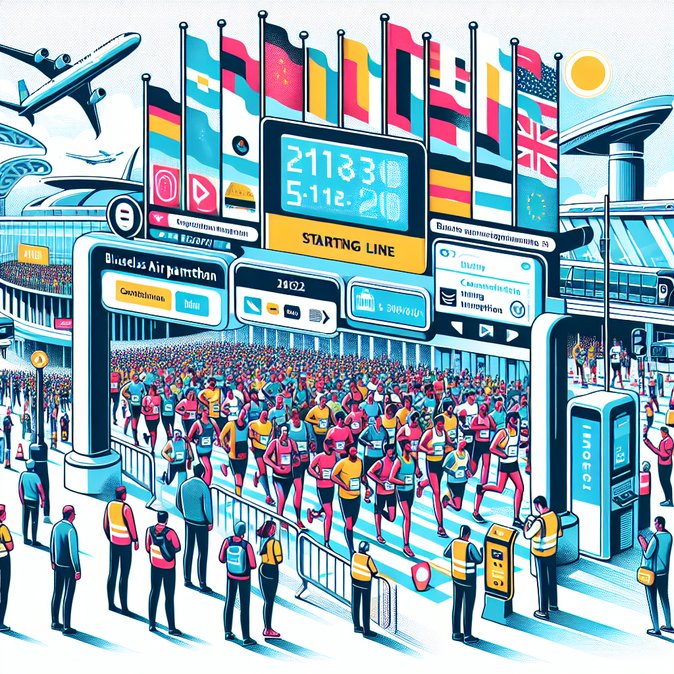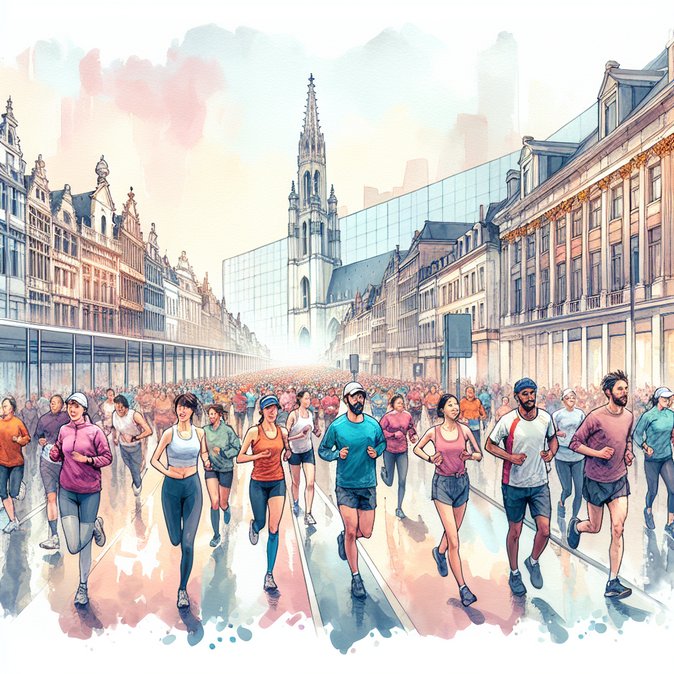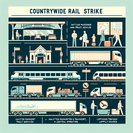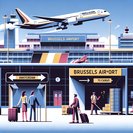
Brussels woke up to closed tunnels and eerily quiet boulevards on Sunday, 2 November 2025, as 20,000 runners took over the city for the annual Brussels Airport Marathon, Half-Marathon and 7 km Race for the Cure. Starting from the De Brouckère square at 08:00 and finishing in front of the Royal Palace, the 42-km route threaded past the Atomium, King Baudouin Stadium and Cinquantenaire before looping back through Montgomery and the EU quarter.
Weeks of planning by Brussels Mobility, the police and race organiser Golazo meant a total shutdown of several city arteries. Boulevard Émile Jacqmain was sealed from 05:00, Rue de la Loi and both Cinquantenaire and Annie Cordy tunnels followed an hour later, and every street along the course was closed to traffic until at least 16:00. Public-transport operator STIB/MIVB diverted or truncated twenty-plus tram and bus lines, while recommending the metro as the only reliable option. Police deployed extra officers at key crossings to guide tourists who emerged from Brussels-Central station to find familiar landmarks suddenly inaccessible by taxi.
![Brussels Airport Marathon brings capital to a temporary stand-still]()
For expatriate employees and business travellers, the closures required meticulous weekend logistics. Corporates with offices around Schuman and North Station advised staff to work remotely or avoid non-essential travel; several hotels switched check-in and check-out times to the afternoon to give guests breathing space; and ride-hailing platforms pushed in-app alerts warning of €20–€40 surcharges for detours. Brussels Airport, whose name sponsors the race but sits 14 km outside the course perimeter, reminded departing passengers to set off two hours earlier than usual and consider the airport train.
Beyond the one-day disruption, the marathon offered the capital a valuable soft-power boost. Visit Brussels estimates that 38 % of the field came from abroad, generating roughly €4.2 million in overnight stays, restaurant spend and retail sales. The city also used the event as a live test of its expanding contactless fare system: spectators could tap a bank card or smartphone to board trams and metros, a functionality that will become mandatory for all network access in mid-2026.
With the 2025 edition now in the books, mobility authorities say lessons learned—especially on tunnel management and real-time passenger information—will feed into a wider traffic-calming strategy ahead of Belgium’s EU Council Presidency events that begin next January.
Weeks of planning by Brussels Mobility, the police and race organiser Golazo meant a total shutdown of several city arteries. Boulevard Émile Jacqmain was sealed from 05:00, Rue de la Loi and both Cinquantenaire and Annie Cordy tunnels followed an hour later, and every street along the course was closed to traffic until at least 16:00. Public-transport operator STIB/MIVB diverted or truncated twenty-plus tram and bus lines, while recommending the metro as the only reliable option. Police deployed extra officers at key crossings to guide tourists who emerged from Brussels-Central station to find familiar landmarks suddenly inaccessible by taxi.

For expatriate employees and business travellers, the closures required meticulous weekend logistics. Corporates with offices around Schuman and North Station advised staff to work remotely or avoid non-essential travel; several hotels switched check-in and check-out times to the afternoon to give guests breathing space; and ride-hailing platforms pushed in-app alerts warning of €20–€40 surcharges for detours. Brussels Airport, whose name sponsors the race but sits 14 km outside the course perimeter, reminded departing passengers to set off two hours earlier than usual and consider the airport train.
Beyond the one-day disruption, the marathon offered the capital a valuable soft-power boost. Visit Brussels estimates that 38 % of the field came from abroad, generating roughly €4.2 million in overnight stays, restaurant spend and retail sales. The city also used the event as a live test of its expanding contactless fare system: spectators could tap a bank card or smartphone to board trams and metros, a functionality that will become mandatory for all network access in mid-2026.
With the 2025 edition now in the books, mobility authorities say lessons learned—especially on tunnel management and real-time passenger information—will feed into a wider traffic-calming strategy ahead of Belgium’s EU Council Presidency events that begin next January.











